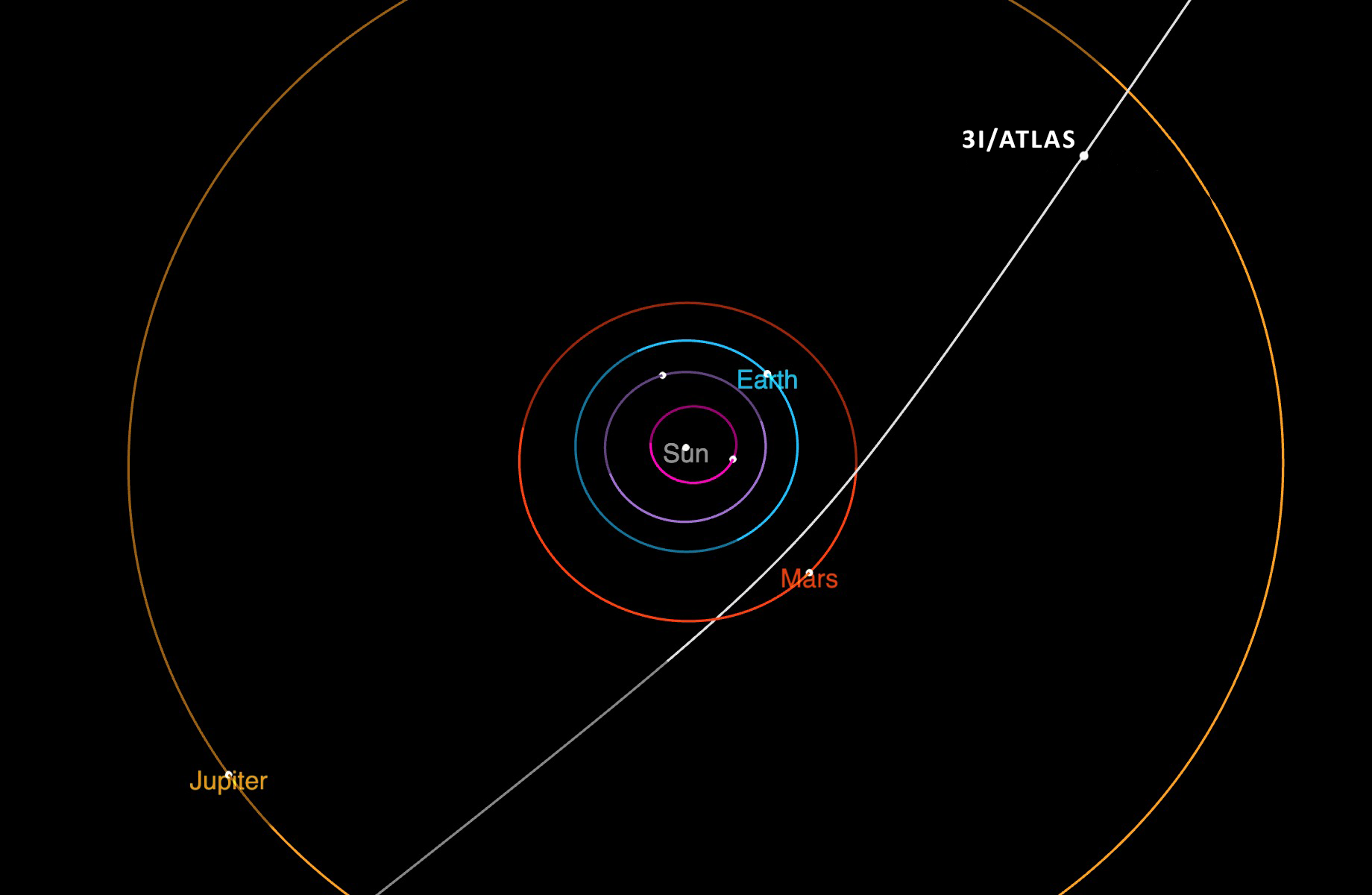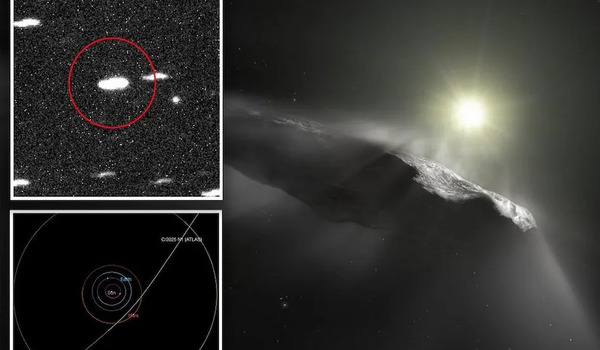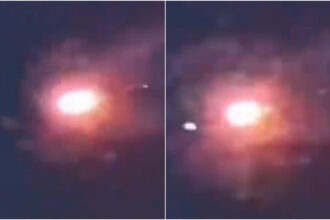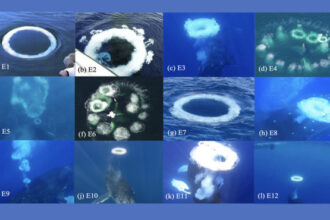The mysterious object known as 3I/ATLAS, discovered on July 1, 2025, with an estimated diameter of about 4 to 5 km, was initially cataloged as an interstellar comet. However, its peculiar characteristics have sparked controversy within the academic community.
One of the first to suggest a more exotic nature for 3I/ATLAS was Professor Avi Loeb. In an essay published on July 20, 2025, he argued that the elongation observed in images of 3I/ATLAS could be an artifact caused by the object’s motion rather than evidence of a cometary tail.
Then, on July 21, Loeb published a preprint of a scientific paper, in collaboration with two other scientists, titled “Is the Interstellar Object 3I/ATLAS Alien Technology?” In it, as part of a thought experiment, they proposed that the object could be artificial—possibly an alien spacecraft—with even potential hostility toward Earth. This hypothesis triggered a series of sensational headlines across various digital media outlets.
Now, a new study on 3I/ATLAS has revealed surprising details that challenge previous conclusions about its nature as a comet. Data published today on the preprint server arXiv show that the object lacks a visible tail and the typical gas spectral signatures expected from a comet.
According to the research, conducted by a team of 11 scientists from diverse fields of astronomy and physics, affiliated with 7 academic institutions and research centers across 5 countries, the absence of a tail and the observed reddish coloration can be explained by the viewing geometry and low dust production, suggesting that 3I/ATLAS is not a typical comet.

These new findings have reignited the debate about the true nature of 3I/ATLAS—a topic that has been intensely discussed since its discovery.
“Despite criticism from some bloggers who defended the comet theory, the new data seem to support the hypothesis that 3I/ATLAS might be something different,” commented astrophysicist Avi Loeb in response to the recent study.
The possibility that 3I/ATLAS is not a comet is not directly addressed in the new article, but the conclusion emphasizes the need for continuous monitoring of the object, especially as it approaches perihelion. Such monitoring could provide important information about the evolution of interstellar materials under solar radiation, enabling a better understanding of the mysteries surrounding this cosmic intruder.
One of the most intriguing aspects of this interstellar object is its rotation period, recently estimated at 16.16 hours. However, scientists caution that this estimate is not yet statistically robust, as it is based on an observation period of only 1.5 rotations. Nonetheless, this information, combined with the object’s retrograde trajectory and its close passes by planets such as Jupiter, Mars, and Venus, adds complexity to the phenomenon and its potential implications.

NASA/JPL-Caltech
Regarding spectroscopic observations, the data obtained so far do not show the typical characteristics of atomic or molecular gases in a cometary coma. The darkening of the object, often interpreted as dust, may also result from a reddish surface.
As the object approaches the Sun, features that will help clarify its nature are expected to become more evident. Science, as always, remains open to data interpretation. In this case, the true nature of 3I/ATLAS will be determined by the accumulation of more information and continuous observation.
In this context, the possibility of NASA’s Juno spacecraft approaching 3I/ATLAS in March 2026 is being evaluated, which could provide even more precise data about the object and its composition. In summary, although the information available so far is limited, the object remains a fascinating mystery, and its study promises to open new doors in astronomy and our understanding of interstellar materials.










